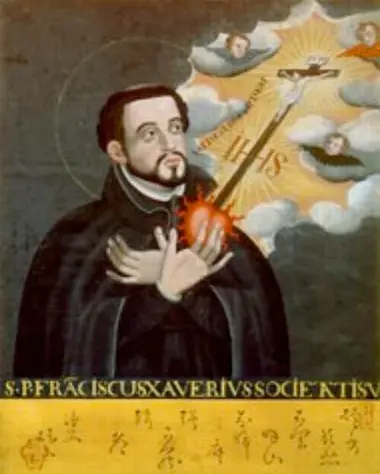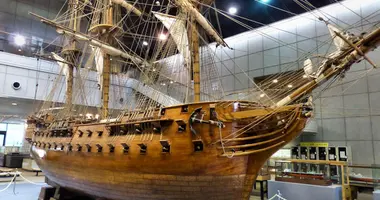Kobe City Museum 神戸市立博物館
- Published on : 28/09/2017
- by : A.R
- Youtube
Between East and West
While Japan can at times seem to be rather inward-looking, Kobe City Museum demonstrates that this isn't always the case! The museum documents the influence of foreigners, particularly Europeans, on the history and culture of Japan.
The art of "barbarians"
The museum of the city of Kobe opened its doors in 1982, in a former Bank of Tokyo building. It thus unites under one roof the collections of the Archaeological Museum and the Museum of Namban Art. There are more than 39,000 exhibits: archaeological objects, works of art, maps and historical documents. The Namban Art (南蛮美術, nanban bijutsu) dating from the sixteenth and seventeenth centuries is obviously well represented: it translates as "the art of Southern barbarians", that is to say Europeans, especially the Portuguese. The paintings brought by Europeans to Japan and the representations of these Europeans by Japanese artists of the time fall into this category. These pictures are often caricatures, the Japanese mocking European style: big noses, swollen pants and extravagant costumes abound! There is also a portrait of Saint Francis Xavier, the Jesuit who introduced Christianity to Japan.
Cultural exchange: from the Yayoi period to the Meiji era
Cultural exchange and cultural transfiguration of the West and East are the main themes of Kobe City Museum. The 39,000 pieces are divided into six sections, which follow the history of cultural exchanges between Japan and the outside world. The first section is devoted to the Yayoi period, the first agrarian period in Japan, where objects from trade with East Asia can be seen on the archaeological site of Sakuragaoka. The visit continues by highlighting of the influence of foreign countries during the Edo era. The focus is then on the city and port of Kobe before its international opening. Finally, several pieces are devoted to the Meiji period and the influence of Europeans on Japanese culture.
Temporary exhibitions are also held regularly: they showcase artists from the city as well as different aspects of the city of Kobe.
See also : Silence (2017), by Martin Scorsese


















